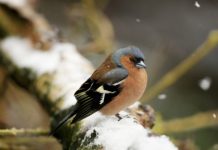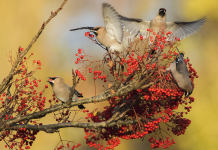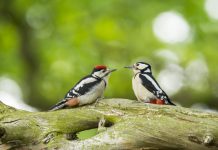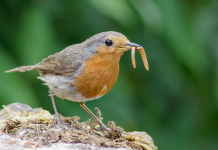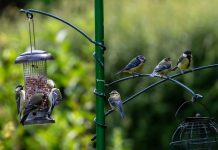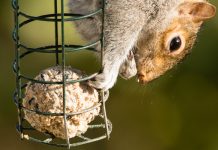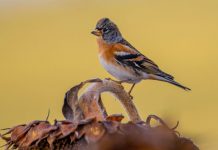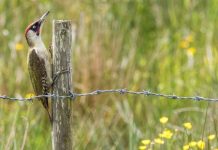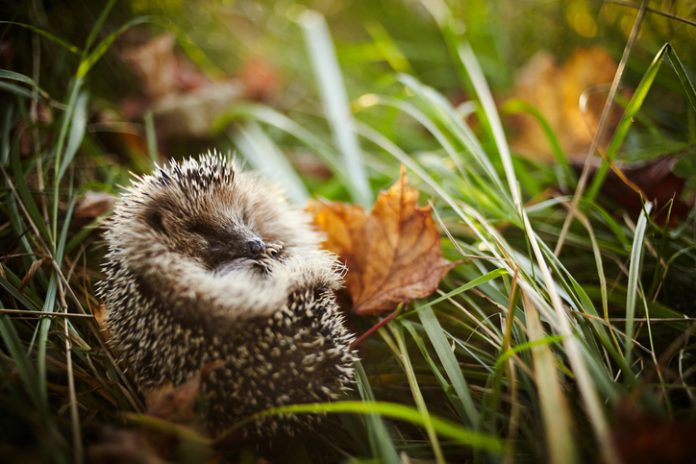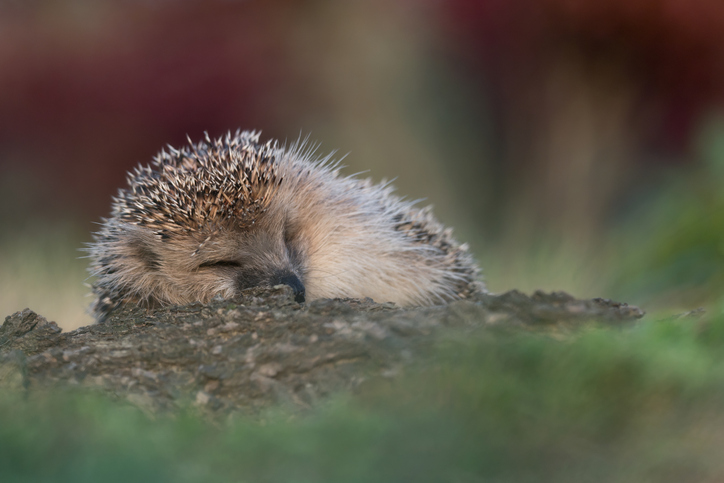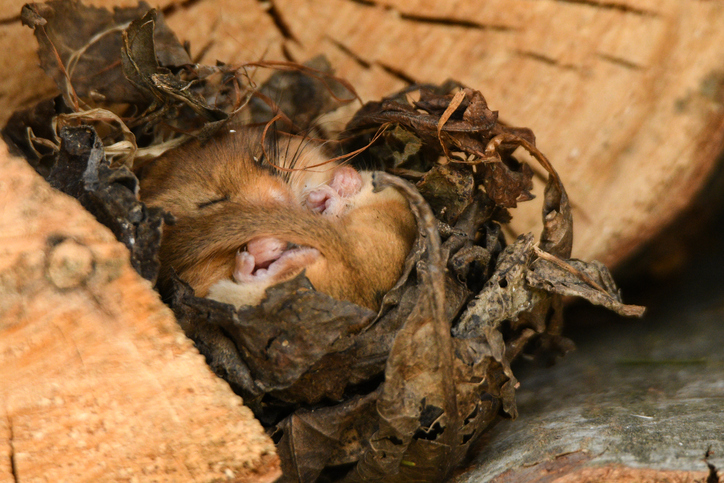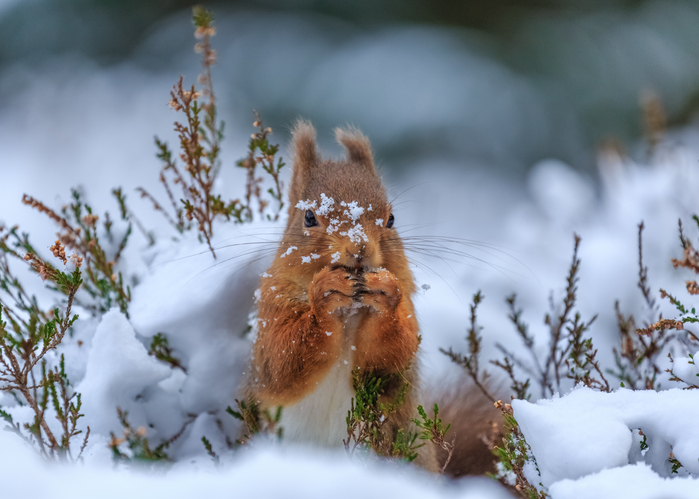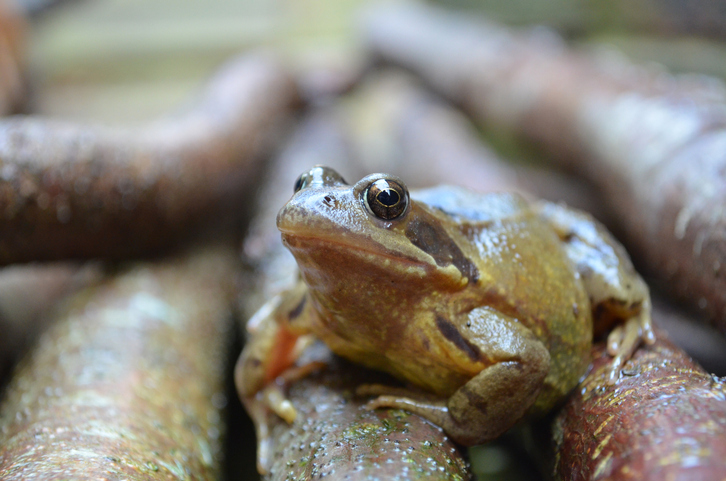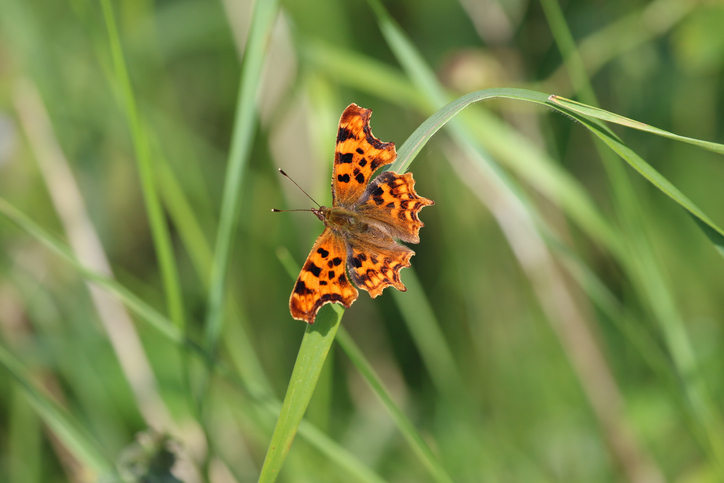The nights are getting shorter, and with the clocks going back in just one week’s time it won’t be long until we start seeing the first frosts of winter. But what does that mean for hedgehogs and other garden wildlife? We’ve put together a list of animals that may use your garden to hibernate in, along with some interesting facts!
Hedgehogs
Arguably the most famous garden hibernator, you may have noticed an increase in hedgehog activity over the course of the last few weeks. This is because they have been snuffling around, eating as much as they can (including beetles, worms and caterpillars) in order to build up good energy reserves ahead of their long winter sleep. Towards the end of October as temperatures begin to drop, they will begin to seek out a quiet, warm, cosy place to rest for the coming months. A hedgehog’s heart rate will reduce from 190bpm to just 20bpm during hibernation, and to survive the winter they will need to weigh between 500g-700g before going to sleep!
Dormice
These tiny creatures begin hibernating from now until November and will stay in their cosy little nests all the way through to April or May. Dormice lower their body temperature to just a few degrees above freezing and can easily lose half of their body weight over winter, so they make sure they eat as much as possible by the end of summer and can easily grow to twice their normal size in the process!
Bats
Bats hibernate from November until April, snuggling down in hollow trees, roofs, caves and bat boxes. In order to reserve their energy, bats can slow their breathing down to just five breaths per minute, and some species can even last an hour without taking a single breath!
Squirrels
It’s a common misconception that squirrels go to sleep for the entire winter. You may see a noticeable reduction in squirrel activity, however they are still awake and will occasionally leave their dreys to collect from surplus food stores near their homes. The shorter journeys help them to conserve energy, which is essential during bad weather.
Badgers
Badgers go through cycles of torpor during winter, but don’t hibernate for the whole season. They will sleep for around 29 hours at a time in their underground setts, and will go for several days without eating (particularly during periods of bad weather), but will occasionally venture out to search for food. You can read more badger facts here!
Amphibians
Frogs, toads and newts lower their body temperatures, breathing and heart rate when the cold weather hits and will go into a state of torpor. Able to withstand winter temperatures, they will creep under rocks or bury themselves in the bottom of ponds when the temperature drops very low.
Insects
Insect activity hits its annual low during winter, as bees and butterflies find homes to overwinter in. Queen bees feed on pollen and nectar all the way up to hibernation, before burrowing deep into the soil where they will stay for several months. Butterflies tend to hibernate in their larval stage, however some do hibernate as adults including the comma, peacock and red admiral.

